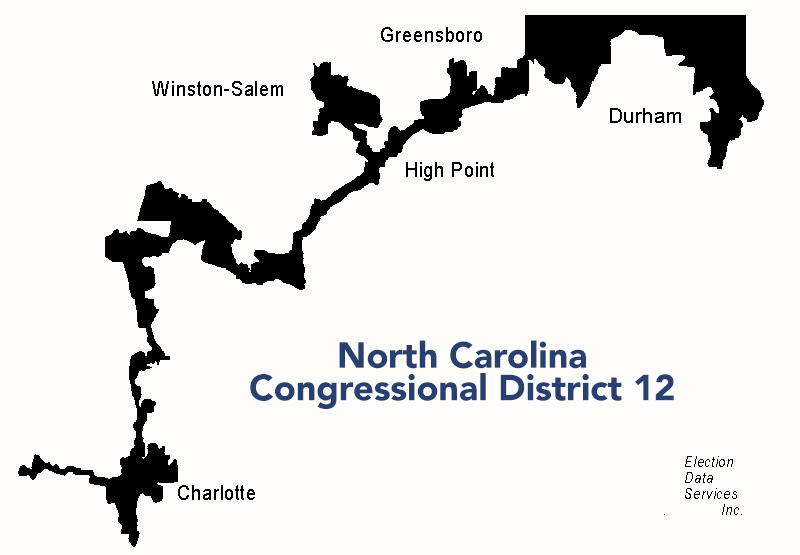Before the Supreme Court headed out of town, they ruled that federal judges cannot block gerrymandering. The term, as you may remember from my previous commentary, comes from Massachusetts Governor Gerry who signed a bill that changed the district lines for candidates. One of those contorted districts in the Boston area resembled the shape of a salamander. Thus, the term “gerrymander” was born.
The 5-4 decision came because of Chief Justice John Roberts. In another case involving the Census citizenship question, he ruled 5-4 the other way. He is becoming the Supreme Court’s swing vote in the same vein as Justices Anthony Kennedy and Sandra Day O’Connor. We used to say that the Constitution means whatever Justice Kennedy says it does on any particular day. Now we can say something similar of Justice Roberts.
The case was actually very simple. The Constitution vests state lawmakers with the power to draw lines for state legislators and members of Congress. It shouldn’t surprise you that states often draw district lines that are too partisan. In previous commentaries, I have provided examples of this going back to the 18thcentury.
But should federal judges (who are unelected and do not have to face the voters) be able to block actions by state legislators (who are elected and do have to face the voters)? Put that way, perhaps you can see why I thought this case was fairly simple. Nevertheless, the case involved federal judges in Maryland and North Carolina that threw out such districts.
The editors of the Wall Street Journal summarized the core issue of this case with this sentence. “The Supreme Court is now telling these itchy judges to knock it off.” We may not like how districts are drawn, but the solution is for voters to make their frustration known at the next election not to let judges decide.
 Listen Online
Listen Online Watch Online
Watch Online Find a Station in Your Area
Find a Station in Your Area













 Listen Now
Listen Now Watch Online
Watch Online
